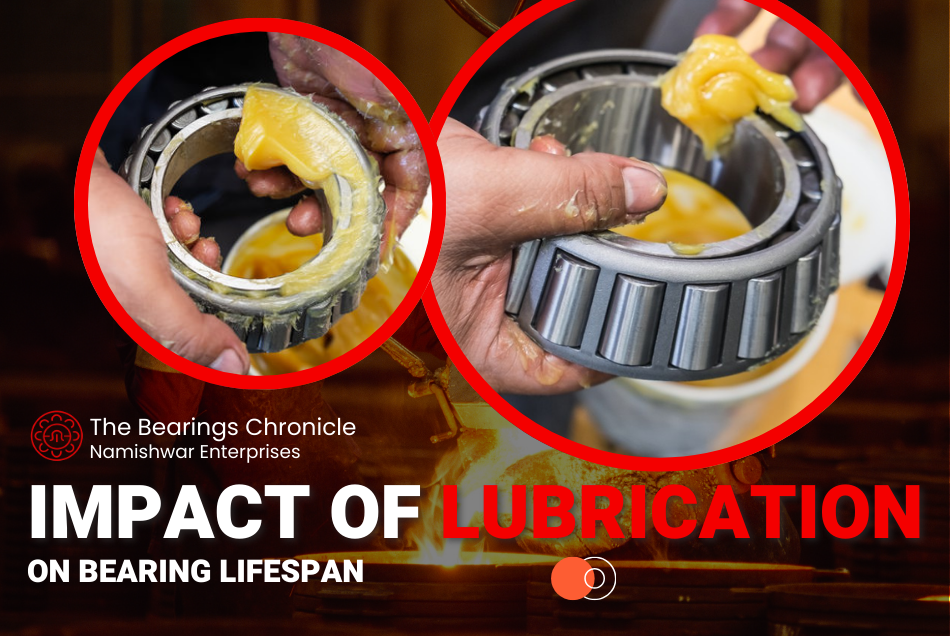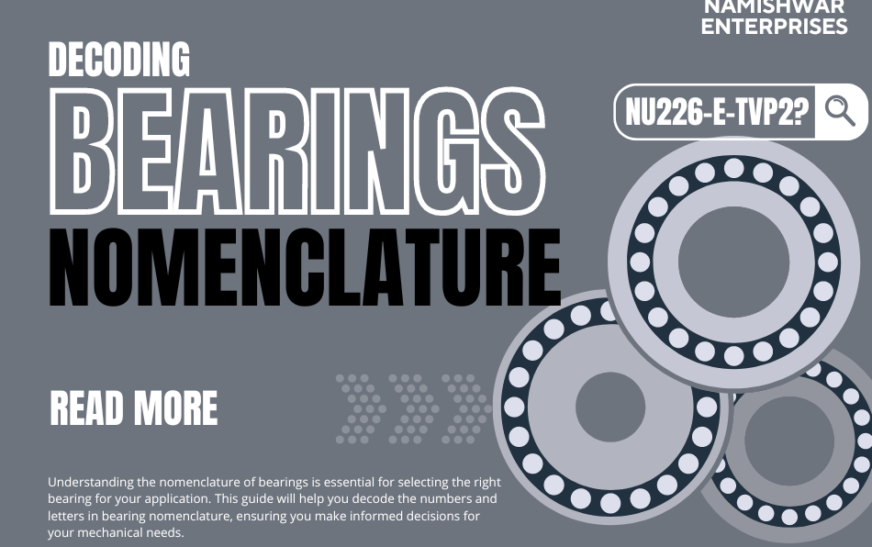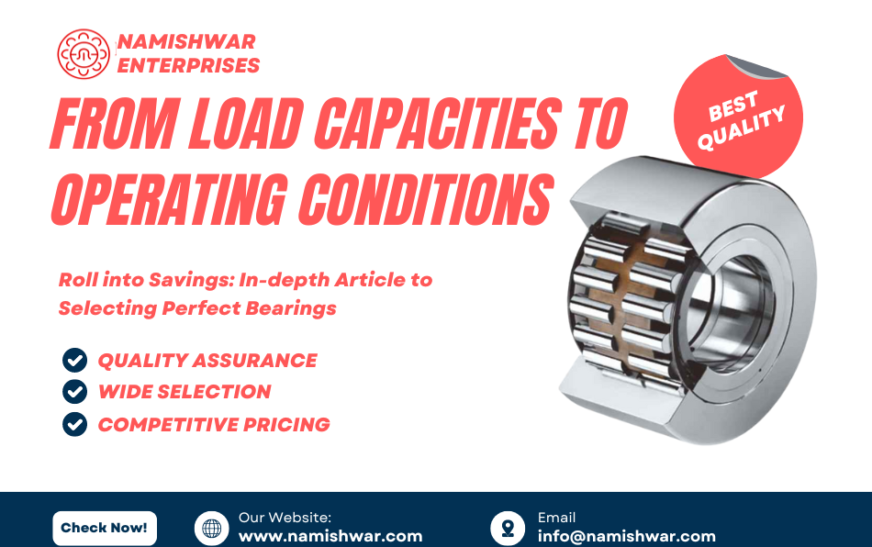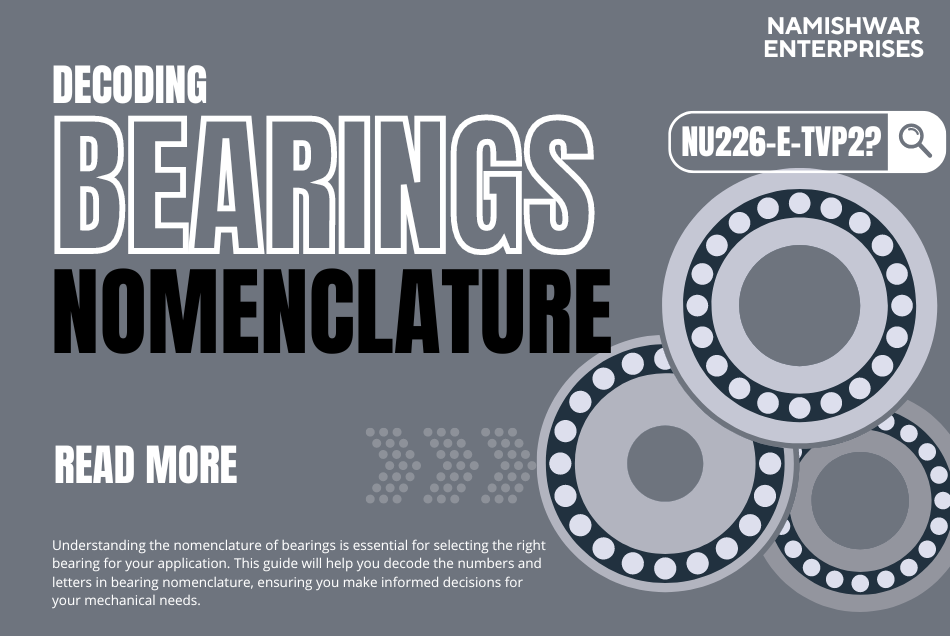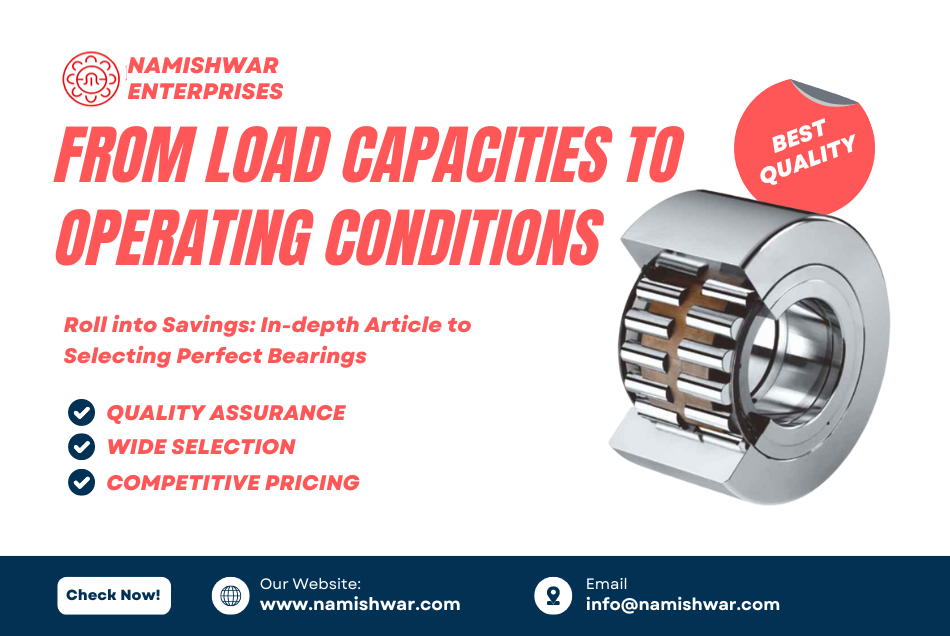When it comes to ensuring the reliability and efficiency of machinery, the selection of bearings plays a critical role. Bearings are pivotal components in a multitude of applications, from automotive to industrial machinery. Selecting the right bearing can enhance performance, reduce downtime, and extend the lifespan of equipment. Conversely, choosing the wrong bearing can lead to frequent maintenance issues and unexpected failures. This comprehensive guide will delve into the dos and don’ts of bearing selection, offering valuable insights for making informed decisions.
Understanding Bearing Types
Do: Know Your Bearing Types
Before selecting a bearing, it’s essential to understand the various types available and their specific applications. The main types include:
- Ball Bearings: Ideal for applications requiring low friction and high speed. They are commonly used in electric motors and household appliances.
- Roller Bearings: Suitable for heavy loads and are often found in conveyor belt rollers and large industrial machines.
- Thrust Bearings: Designed to handle axial loads and are used in applications such as car transmissions and rotating equipment.
- Needle Bearings: These bearings have a high load capacity and are used in applications with limited space, such as automotive components and machine tools.
Don’t: Overlook Bearing Specifications
Neglecting to consider the specific requirements of your application can lead to suboptimal performance. Factors such as load capacity, speed, operating environment, and desired lifespan should all be evaluated to choose the most appropriate bearing.
Key Factors in Bearing Selection
Do: Consider Load and Speed Requirements
Load capacity and speed ratings are fundamental considerations in bearing selection. Bearings must be able to withstand the operational loads and speeds they will encounter. Excessive loads or speeds beyond the bearing’s capacity can lead to premature failure.
Don’t: Ignore Environmental Conditions
The operating environment greatly influences bearing performance. Conditions such as temperature, humidity, exposure to corrosive substances, and presence of contaminants must be considered. For instance, in high-temperature environments, bearings made from specialized materials that can withstand heat are essential.
Do: Factor in Bearing Lubrication
Proper lubrication is vital for the longevity and efficiency of bearings. The choice between grease and oil lubrication depends on the bearing type and application. Regular maintenance and lubrication schedules should be established to prevent wear and tear.
Don’t: Overlook Mounting and Alignment
Improper mounting and alignment can lead to uneven load distribution and increased stress on the bearings, resulting in premature failure. It’s important to follow manufacturer guidelines for correct installation and use precision tools for alignment.
Common Mistakes in Bearing Selection
Do: Seek Expert Advice
Consulting with bearing manufacturers or specialists can provide valuable insights and recommendations tailored to your specific needs. Their expertise can help avoid common pitfalls and ensure the selection of the most suitable bearing.
Don’t: Compromise on Quality
Opting for cheaper, lower-quality bearings to save costs can be a false economy. Poor-quality bearings are more prone to failure, leading to increased downtime and higher long-term costs. Invest in reputable brands that guarantee reliability and performance.
Do: Conduct Thorough Testing
Before finalizing your selection, conduct thorough testing under real operating conditions. This can identify potential issues and confirm that the bearing meets all performance requirements.
Don’t: Neglect Regular Maintenance
Regular maintenance and inspection are crucial for bearing longevity. Establish a routine maintenance schedule that includes cleaning, lubrication, and inspection for signs of wear and damage.
Advanced Considerations for Bearing Selection
Do: Utilize Bearing Simulations
Advanced simulation tools can predict bearing performance under various conditions. These tools allow for virtual testing, saving time and resources in the selection process.
Don’t: Ignore Future Needs
Consider the future expansion or modification of your equipment. Selecting bearings that can accommodate potential increases in load or speed can save time and costs associated with future upgrades.
Do: Evaluate Bearing Materials
The material of the bearing is critical, especially in demanding applications. Bearings can be made from various materials, including stainless steel, ceramic, and hybrid materials. Each has its own advantages and suitability for different environments.
Don’t: Overlook Bearing Seals and Shields
Seals and shields protect bearings from contaminants and retain lubrication. Choosing the appropriate type can enhance bearing life and performance, particularly in harsh environments.
Conclusion
Selecting the right bearing involves a careful balance of application requirements, environmental factors, and quality considerations. By following these dos and don’ts, you can ensure that your bearing selection process is thorough and effective, leading to improved machinery performance and reduced downtime.
Proper bearing selection is a critical aspect of machinery maintenance and performance. With the right approach, you can maximize the lifespan and efficiency of your equipment, ensuring long-term reliability and productivity.




